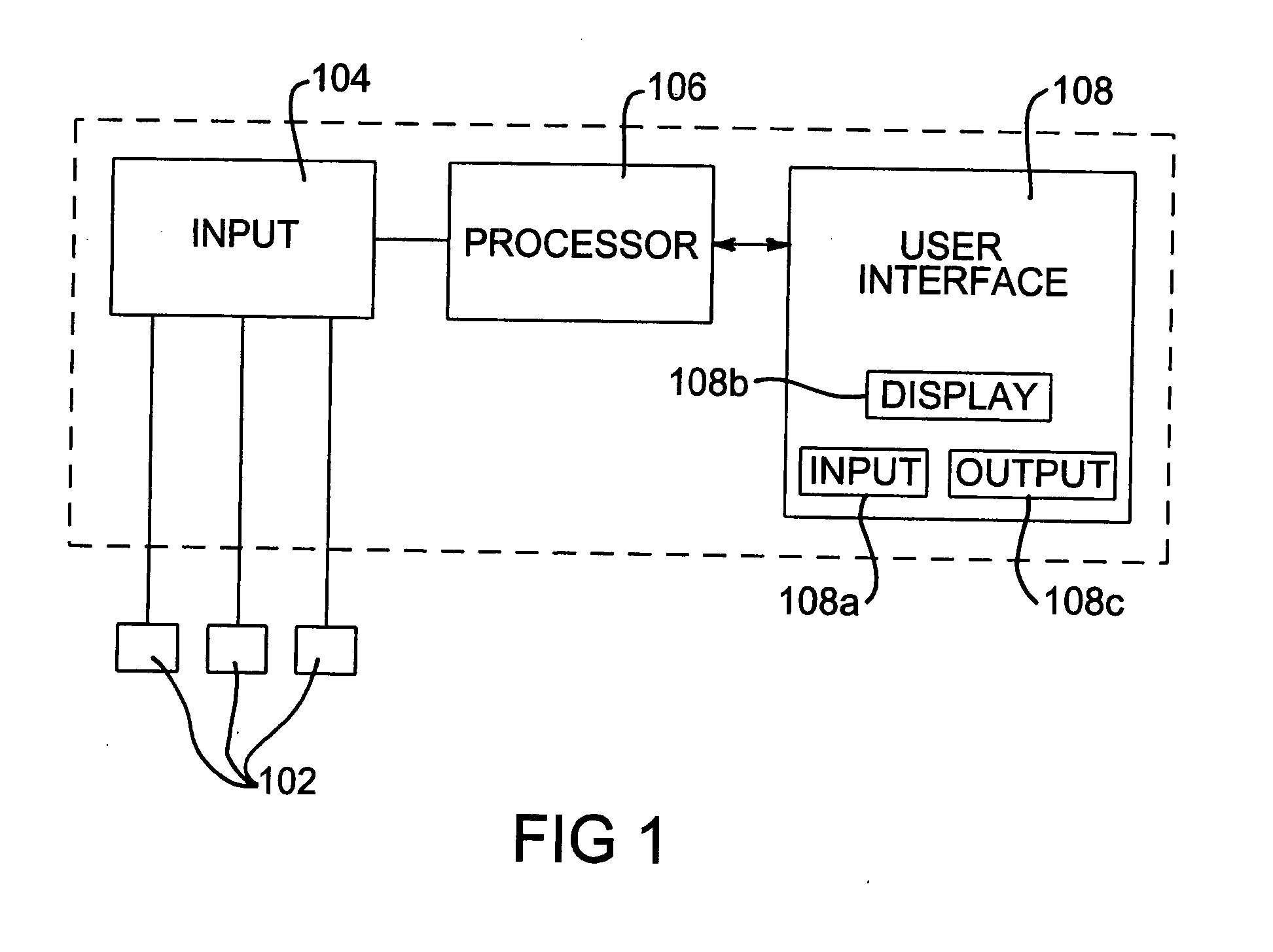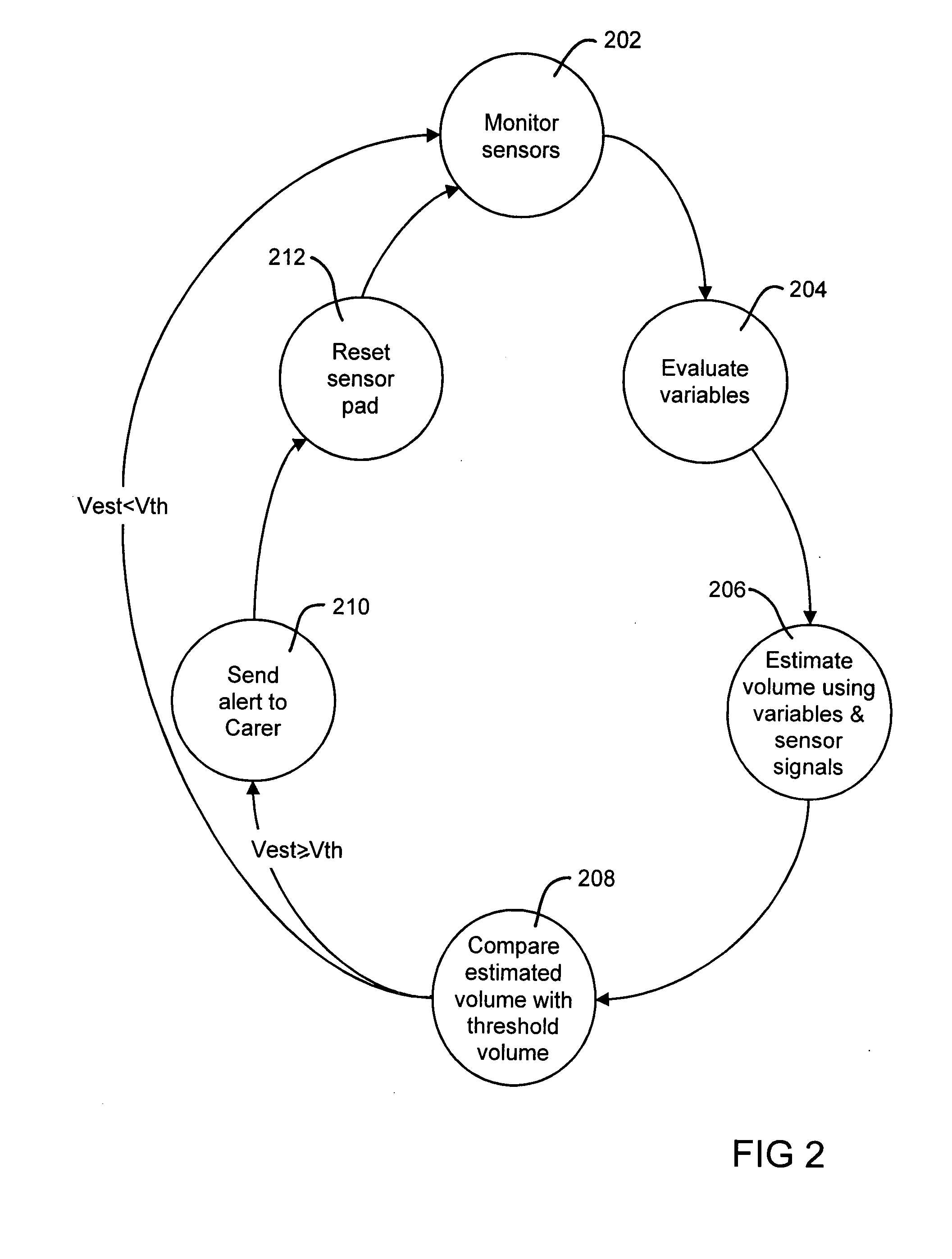Incontinence management system and diaper
a management system and incontinence technology, applied in the field of incontinence management system and diaper, can solve the problems of inconvenience, discomfort or at least embarrassment of the person suffering from the condition, and the existence of unpleasant odours and environments for others, so as to facilitate reconfiguration, facilitate the effect of streamlining patient care and satisfying correlation
- Summary
- Abstract
- Description
- Claims
- Application Information
AI Technical Summary
Benefits of technology
Problems solved by technology
Method used
Image
Examples
Embodiment Construction
[0054] In one aspect, the present invention provides a system for monitoring wetness in one or more absorbent articles such as pads, diapers, adult incontinence garments or the like. Throughout this description, reference will be made to a range of absorbent articles. It is to be understood that the list of absorbent articles identified above is not an exhaustive list and that other absorbent articles and garments are within the scope of the present invention. It is also to be understood that a reference in this specification to any one such article, such as a “diaper” is to be taken to be a reference to any and all other suitable absorbent articles including incontinence garments, pads and the like.
[0055] The moisture monitoring system of the invention is generally intended for use in facilities in which staff are required to monitor and care for individuals who suffer from various incontinence conditions. These facilities include hospitals, nursing homes, aged care facilities, ge...
PUM
 Login to View More
Login to View More Abstract
Description
Claims
Application Information
 Login to View More
Login to View More - R&D
- Intellectual Property
- Life Sciences
- Materials
- Tech Scout
- Unparalleled Data Quality
- Higher Quality Content
- 60% Fewer Hallucinations
Browse by: Latest US Patents, China's latest patents, Technical Efficacy Thesaurus, Application Domain, Technology Topic, Popular Technical Reports.
© 2025 PatSnap. All rights reserved.Legal|Privacy policy|Modern Slavery Act Transparency Statement|Sitemap|About US| Contact US: help@patsnap.com



